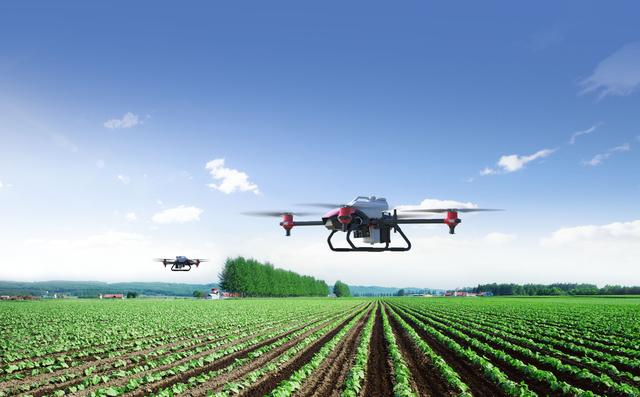Looking globally, the civilian drone market has shown explosive growth. However, unmanned aerial vehicle control and maintenance personnel with practical operational capabilities will become hot and highly paid talents. Against the backdrop of extremely severe employment situation in China, professional unmanned aerial vehicle control skills will demonstrate strong competitiveness!
Unmanned aerial vehicles (UAVs) have the ability to work efficiently and endlessly and are characterized by zero contact. They are powerful tools to prevent and control the spread of the epidemic. They also play an important role in security patrol, disinfection and sterilization operations, logistics distribution, propaganda, lighting temperature measurement, agricultural plant protection and other aspects, and provide more employment opportunities for UAV operators.
In recent years, with the continuous reduction of drone manufacturing costs and the gradual improvement and application of new technologies such as artificial intelligence and 5G communication, the drone industry has ushered in new development opportunities. The industry has grown rapidly in a favorable development environment and the scale of the industry is constantly expanding. The overall market size of China’s drone industry has a compound annual growth rate of 57.05%. The Prospective Industry Research Institute estimates that the overall market size of China’s drone industry will reach 300 billion yuan in 2025.
Drones started relatively late in China and began in the Chinese military field. In 2014, the contribution of China’s drone industry was mainly focused on military drones, with a contribution rate of up to 90%, while the civilian sector only accounted for about 10%. However, the demand scale in the civilian field has been greatly released in the past two years. As of now, the proportion of the civilian drone market in China exceeds that of military drones, reaching 58.5%. In the future, the industry market structure will continue to change, and the civilian drone market will continue to expand.
Using drones to participate in logistics distribution can not only significantly reduce distribution costs, but also improve efficiency and solve distribution problems in remote areas. The Prospective Industry Research Institute predicts that after the end of the epidemic, the demand for “unmanned” delivery on the consumer end will be relatively limited, with high delivery costs and no higher service gain experience compared to manual delivery. At the same time, drone delivery in some areas may face low altitude flight control, which hinders the popularization of drones in the “last mile”. However, in remote areas with complex terrain and inconvenient land transportation, the flight environment is relatively good, and drones can become the preferred choice for logistics distribution. At the same time, in industrial parks, drones can also contribute to warehouse distribution.
In addition to the fields of logistics and distribution, as well as agriculture, forestry and plant protection, drones have played an important role in security inspections, medical rescue, public opinion monitoring, and other aspects. The forward-looking industry research institute believes that industrial grade drones, with their operational advantages, are expected to bloom in various application fields after the end of the epidemic, better promoting the development of various fields.







Please sign in to comment
register